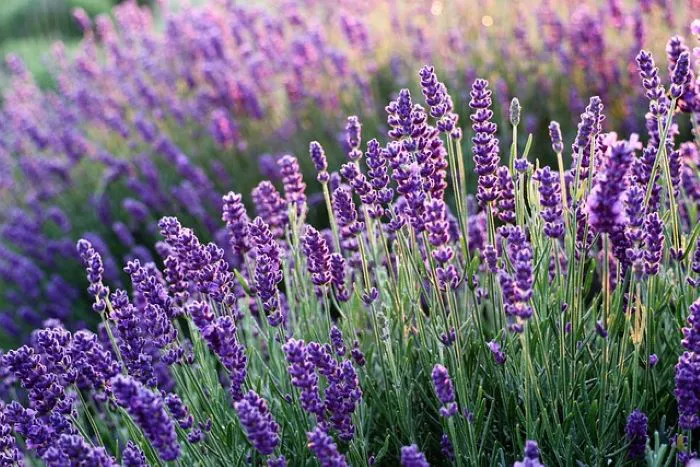Lavender is a beautiful and fragrant flower that has captured the hearts of many throughout history. It is known for its calming scent and vibrant purple hues. Beyond its aesthetic appeal, lavender carries significant symbolism across various cultures and contexts. This article explores what the lavender flower symbolizes, its historical meanings, and its contemporary significance.
Introduction to Lavender
Lavender belongs to the genus Lavandula and is part of the mint family. It is native to the Mediterranean region but is now cultivated worldwide. The flower is often associated with tranquility and peace. Its calming fragrance is commonly used in aromatherapy, perfumes, and culinary dishes. Lavender’s beauty and scent have inspired countless people, making it a popular choice in gardens and floral arrangements.
Historical Symbolism of Lavender
The symbolism of lavender dates back thousands of years. In ancient times, lavender was highly valued for its medicinal properties. The Egyptians used lavender in the embalming process, while the Romans used it in baths for its soothing qualities. Lavender was also used in ancient Greek and Roman rituals, symbolizing purity and cleanliness.
In the Middle Ages, lavender became associated with love and devotion. It was often included in wedding bouquets and used to create sachets to ward off evil spirits. Lavender was believed to bring good luck and protect against misfortune. Its calming properties made it a popular choice for those seeking peace and comfort during difficult times.
Symbolism of Lavender in Different Cultures
Lavender’s symbolism varies across cultures, reflecting its diverse uses and meanings.
In European cultures, lavender is often associated with love and fidelity. It is commonly included in romantic bouquets and gifts. In the Victorian era, lavender symbolized devotion and purity, making it a popular choice for weddings and anniversaries.
In some Asian cultures, lavender is seen as a symbol of serenity and peace. Its calming scent is used in meditation practices and spiritual rituals. In Japan, lavender is associated with healing and tranquility, often used in aromatherapy to promote relaxation.
In Native American cultures, lavender is considered a sacred plant. It is used in ceremonies and rituals for purification and healing. The flower is believed to bring harmony and balance to the mind and spirit.
Contemporary Symbolism of Lavender
In modern times, lavender continues to symbolize tranquility and peace. Its soothing properties make it a popular choice for stress relief and relaxation. Many people use lavender essential oil in aromatherapy to promote a sense of calm and well-being. The flower is often associated with self-care and mindfulness practices.
Lavender is also seen as a symbol of hope and healing. Its gentle beauty reminds people to find peace in difficult times. The color purple, associated with lavender, symbolizes spirituality and intuition. This connection enhances lavender’s reputation as a flower that encourages personal growth and inner peace.
Lavender in Art and Literature
Lavender has been a source of inspiration in art and literature for centuries. Poets and writers have often used lavender as a symbol of love, beauty, and tranquility. Its delicate flowers and soothing fragrance evoke feelings of nostalgia and serenity.
In visual arts, lavender fields have been depicted in paintings, showcasing the flower’s vibrant colors and calming presence. Artists often use lavender to convey themes of nature, beauty, and the passage of time. The sight of blooming lavender fields is a reminder of the simple joys of life and the beauty of the natural world.
Lavender in Gardens and Floral Arrangements
Lavender is a popular choice in gardens and floral arrangements for its beauty and symbolism. It is often planted in herb gardens, ornamental gardens, and cottage gardens. Lavender adds a touch of elegance and charm to any landscape. Its vibrant purple flowers attract pollinators, making it beneficial for the environment.
In floral arrangements, lavender symbolizes love and devotion. It is often included in bouquets for weddings, anniversaries, and other special occasions. The calming scent of lavender enhances the emotional impact of floral gifts, making them even more meaningful.
Conclusion
Lavender is more than just a beautiful flower. It carries deep symbolism rooted in history and culture. From its ancient uses in rituals and healing to its contemporary associations with peace and tranquility, lavender continues to inspire and soothe. Whether used in gardens, floral arrangements, or aromatherapy, lavender remains a powerful symbol of love, healing, and serenity. Its enduring charm makes it a beloved flower for many, reminding us of the beauty and calm that nature can bring into our lives.


